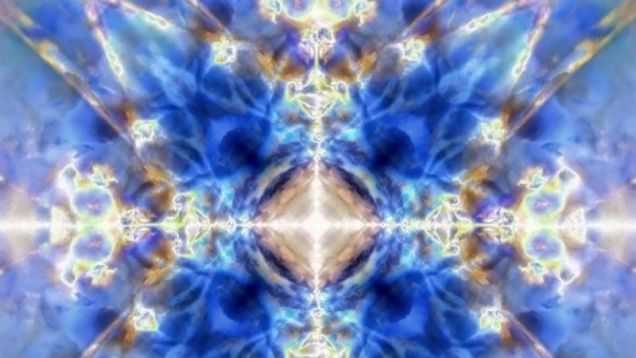Nov 13, 2015
Google researcher: Quantum computers aren’t perfect for deep learning
Posted by Andreas Matt in categories: computing, quantum physics, robotics/AI
In the past couple of years, Google has been trying to improve more and more of its services with artificial intelligence. Google also happens to own a quantum computer — a system capable of performing certain computations faster than classical computers.
It would be reasonable to think that Google would try running AI workloads on the quantum computer it got from startup D-Wave, which is kept at NASA’s Ames Research Center in Mountain View, California, right near Google headquarters.
Google is keen on advancing its capabilities in a type of AI called deep learning, which involves training artificial neural networks on a large supply of data and then getting them to make inferences about new data.

















